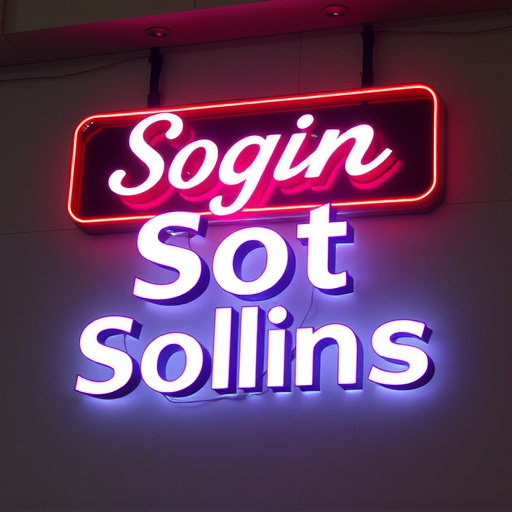DTF Water-Based Inks are revolutionizing the printing industry with their eco-friendly benefits. They replace toxic solvents with water, eliminating strong odors and reducing volatile organic compound (VOC) emissions, creating a healthier workspace for printers and minimizing environmental impact. These inks offer superior print quality, durability, and color vibrancy for DTF garment printing and artwork transfers, while also extending the longevity of transfer films. By following best practices like proper ventilation and equipment cleaning, users can enjoy minimal odor production in enclosed spaces or scent-sensitive environments when using DTF Water-Based Inks.
“Discover the game-changing benefits of DTF water-based inks, a revolutionary choice for printers aiming to minimize odor during the printing process. This article explores the fundamentals of water-based inks and how they differ from traditional counterparts. We delve into the advantages, particularly the reduced odor production, making them an eco-friendly option. Additionally, we provide insights on applications and best practices to ensure optimal performance and minimal scent, catering to both professional printers and enthusiasts.”
- Understanding Water-Based Inks: The Basics
- Advantages of DTF Water Based Inks for Reduced Odor
- Applications and Best Practices for Minimal Odor Production
Understanding Water-Based Inks: The Basics

Water-based inks have gained significant traction in the printing industry, especially for applications like DTF garment printing and creating DTF artwork transfers. These inks are designed to offer a more environmentally friendly alternative to traditional solvent-based varieties. The key component that sets water-based inks apart is, well, water! They contain a high percentage of water, making them safer and easier to handle compared to their toxic counterparts. This simple yet powerful change leads to numerous benefits for both printers and the environment.
When you use DTF Water Based Inks, you eliminate the strong odors often associated with printing processes. Traditional solvent inks release volatile organic compounds (VOCs) during application and drying, which can be harmful to print shop workers and surrounding communities. By choosing water-based options, these emissions are significantly reduced, creating a healthier workspace and minimizing environmental impact. This is particularly crucial for DTF artists and businesses focusing on sustainable practices.
Advantages of DTF Water Based Inks for Reduced Odor

One of the significant advantages of DTF (Direct to Film) water-based inks is their remarkable ability to minimize odors during the printing process. Traditional inkjet printers often emit strong, unpleasant smells due to the volatile organic compounds (VOCs) contained in solvent-based inks. In contrast, water-based DTF inks use water as a carrier instead, significantly reducing the release of such chemicals. This makes them not only safer for users’ health but also environmentally friendly.
Moreover, the reduced odor is accompanied by enhanced print quality and durability. DTF water-based inks offer excellent color vibrancy and precision, ensuring that designs on transfer films are reproduced accurately on various materials. Additionally, these inks are known for their longevity, providing superior dtf transfer film durability without compromising on the final print quality.
Applications and Best Practices for Minimal Odor Production

DTF water-based inks offer a significant advantage in terms of minimal odor production during their use. This makes them an ideal choice for various applications, especially in enclosed spaces or environments where scent sensitivity is high. From dtf garment printing to dtf transfer printing, these inks can be utilized in a multitude of ways without causing unpleasant odors.
To ensure optimal results and maintain minimal odor production, best practices should be followed. Proper ventilation is key; ensuring the workspace has adequate air circulation helps dissipate any ink vapors quickly. Using the inks within recommended temperature ranges and following dtf application instructions carefully can also prevent excessive odor generation. Additionally, cleaning equipment thoroughly after use prevents residual odors from accumulating, making it a simple yet effective practice for maintaining a scent-free environment during DTF water-based ink applications.
DTF water-based inks offer a significant advantage in reducing odor during use, making them an eco-friendly and comfortable option. Their application spans various sectors, from graphic design to textile printing, with best practices ensuring minimal odor production. By adopting DTF water-based inks, businesses can contribute to healthier work environments while producing high-quality, vibrant prints.














